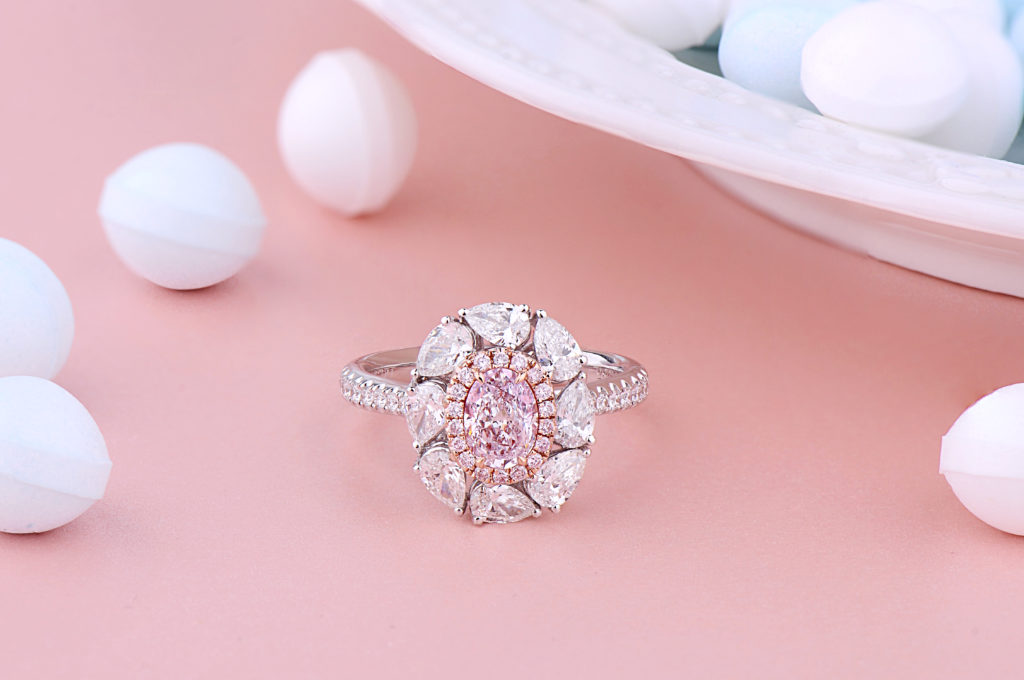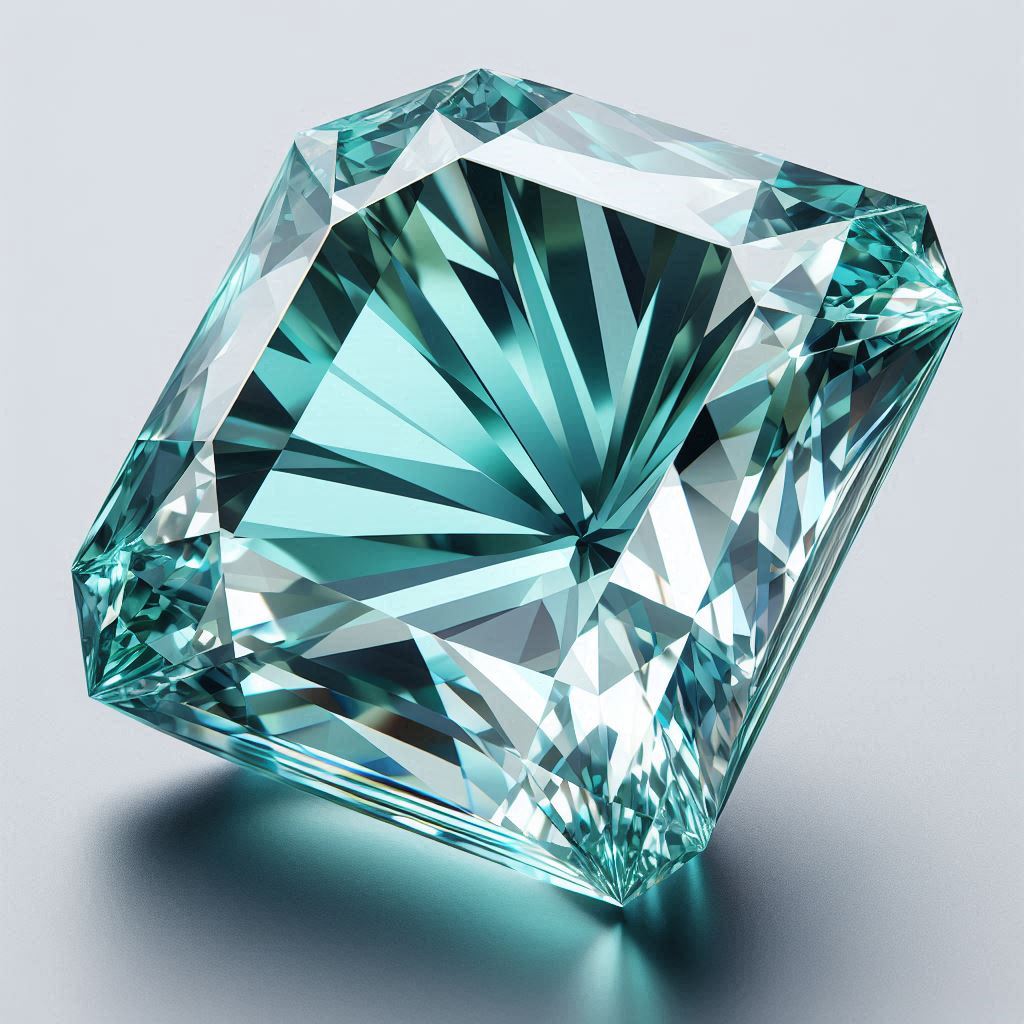Diamonds have fascinated humanity for centuries, representing not only unmatched beauty and brilliance but also a rich history and enduring value. Whether you’re looking to buy your first diamond, investing in high-value stones, or simply curious about their unique attributes, understanding the multifaceted world of diamonds is essential. This guide answers the most common questions surrounding diamonds, their value, and how they are used in various industries.
What Are Diamonds? A Brief Overview
The Origins of Diamonds
Diamonds are naturally occurring carbon crystals formed under extreme pressure and temperature deep within the Earth’s mantle. They are the hardest known material on Earth, which is why they are often used in industrial applications, in addition to their decorative use in jewelry.
The formation of diamonds #1 question takes millions of years. Over time, volcanic eruptions bring these beautiful gems to the surface, where they can be discovered and mined.
The Significance of Diamonds in Society
Throughout history, diamonds have symbolized wealth, power, and love. In modern times, they have become synonymous with engagement rings, celebrating love and commitment. Their rare beauty and indestructible nature make them the ultimate symbol of eternal bonds.
How Are Diamonds Evaluated?
The 4 Cs: Cut, Color, Clarity, and Carat Weight
When buying or selling diamonds, it’s crucial to understand the “4 Cs” – Cut, Color, Clarity, and Carat weight. These factors determine the overall quality and price of a diamond.
Cut: The Heart of the Diamond’s Beauty
The cut of a diamond refers to how well the diamond has been shaped and faceted. A well-cut diamond reflects light beautifully, making it sparkle more brilliantly. While cut does not refer to the shape (round, princess, cushion, etc.), it focuses on how effectively the diamond has been crafted to maximize its natural beauty.
Color: The Less Color, The Better
Diamonds come in a range of colors, from colorless to shades of yellow or brown. The less color a diamond has, the higher its value. Diamonds are graded on a scale from D (colorless) to Z (light yellow or brown).
Clarity: Finding the Flawless Diamond
Clarity refers to the absence of internal or external imperfections, known as inclusions and blemishes. Flawless diamonds are extremely rare and, as such, are highly valuable. Clarity is graded from Flawless (no inclusions or blemishes visible under 10x magnification) to Included (inclusions or blemishes that are visible to the naked eye).
Carat Weight: The Size of the Diamond
Carat weight measures the size of the diamond. Larger diamonds are generally more expensive, but other factors like cut, clarity, and color also significantly impact a diamond’s price. Keep in mind that two diamonds with the same carat weight can differ greatly in price due to their cut, clarity, and color.
Looking for stunning and high-quality diamonds? Visit NovitaDiamonds.com.my today! Explore our exclusive collection of diamond rings, necklaces, and more—perfectly crafted for every special occasion. Experience elegance, superior craftsmanship, and timeless beauty at Novita Diamonds. Visit us now and make your moments unforgettable!
Where Do Diamonds Come From?
Diamond Mining: A Global Industry
Diamonds are found in specific areas around the world, with major man made diamonds countries including Russia, Botswana, Canada, and Australia. These countries host vast diamond mines that produce high-quality diamonds used in various applications, from fine jewelry to industrial tools.
Ethical Sourcing: The Rise of Conflict-Free Diamonds
In recent years, there has been increasing demand for ethical and conflict-free diamonds. The term “blood diamonds” refers to diamonds mined in war zones and sold to fund armed conflict. Many companies now offer ethically sourced diamonds, ensuring that their diamonds come from mines that adhere to international standards regarding labor rights and environmental sustainability.
Why Are Diamonds So Expensive?
Rarity and Demand
The price of diamonds is driven by their rarity and the high demand for them, especially in the luxury market. While diamonds are not as rare as some other gemstones, their popularity, along with the cost of mining, refining, and cutting, significantly increases their price.
Marketing and Branding
De Beers, a company that has long dominated the diamond industry, played a major role in creating the cultural association between diamonds and engagement rings. Their famous slogan, “A diamond is forever,” solidified the notion of diamonds as a symbol of eternal love, further driving their demand and justifying their high prices.
How to Choose the Right Diamond for You
Choosing a Diamond for an Engagement Ring
When selecting a diamond for an engagement ring, it’s important to consider both your budget and the preferences of the recipient. The diamond should reflect both their style and your commitment. For most, the cut, clarity, and size will be top priorities, but don’t forget that the setting plays a significant role in the overall look of the ring.
Diamonds for Investment
Some investors choose diamonds as a long-term investment, as their value can appreciate over time. High-quality diamonds, especially rare colored diamonds, can provide a solid return on investment. However, buying diamonds as an investment requires expertise and careful selection, as the diamond market can fluctuate based on global demand.
Conclusion
Diamonds are more than just beautiful gemstones; they are a reflection of nature’s incredible ability to create something precious and enduring. Whether you’re looking for a stunning engagement ring, a valuable investment, or simply curious about these magnificent stones, understanding the key factors that contribute to a diamond’s value will help you make an informed decision.
Diamonds will always hold their place as the ultimate symbol of love, luxury, and timeless beauty, and their allure will continue to captivate people for generations to come.




